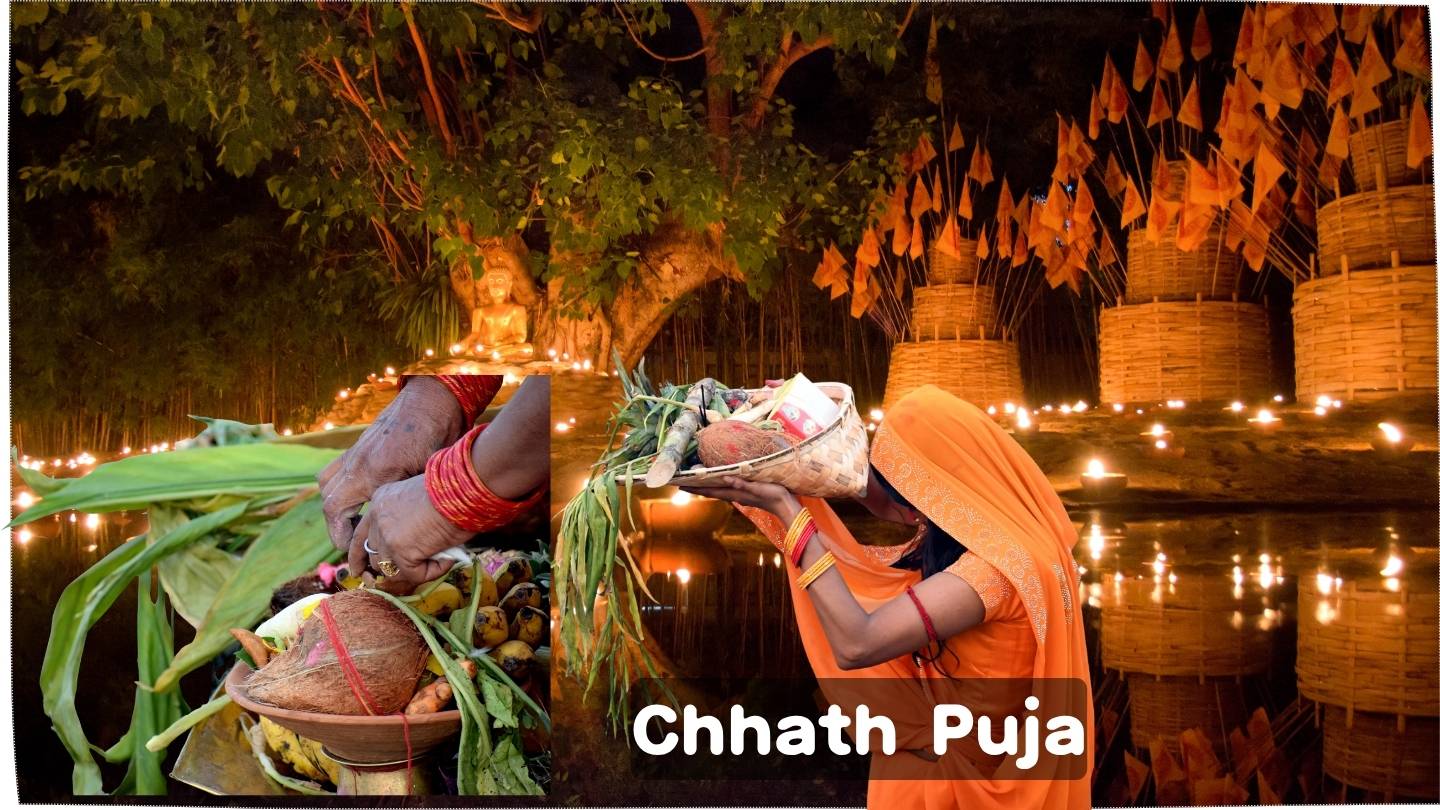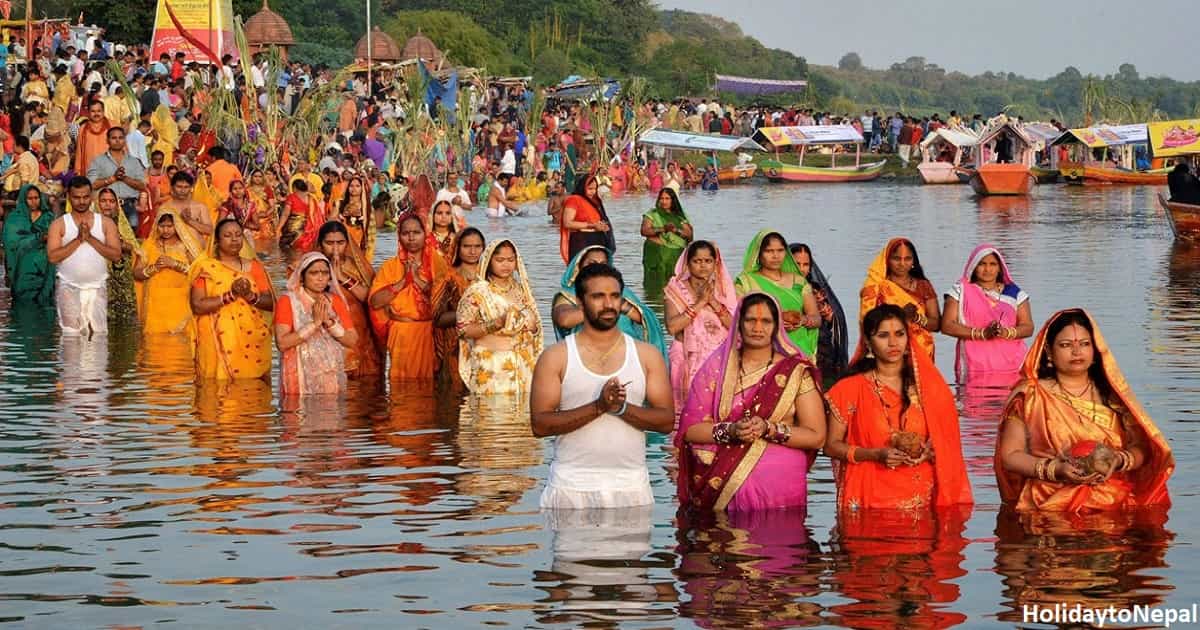
Chhath Festival in Nepal: Observance and Practices
Chhath, once observed primarily in the Tarai, is now celebrated with enthusiasm in the hills and Himalayan regions as well. Its significance has grown to the point that people observe it from villages to cities, from the Tarai to the hills, and even abroad, following prescribed rituals.
There was a time when residents of Kathmandu with Tarai roots would travel home specifically to celebrate Chhath. That practice has been declining, as more people now build Chhath ghats along rivers in Kathmandu and perform the rituals locally.
Meaning and Values of the Festival
Chhath is observed for wishes such as the blessing of children, relief from illness, and family well-being. It is regarded as a practice that encourages non-violence and inspires compassion toward all living beings.
In Kathmandu, the riverbanks used as ghats are cleaned and attractively decorated. Colorful lights and various decorative items make the Chhath ghats especially appealing.

Offerings and Dietary Observance
Key offerings: apple, banana, orange, coconut with water, sugarcane, green beans (bodi), water chestnut, radish, and the ginger plant.
Foods avoided during Chhath: fish, meat, garlic, onion, millet (kodo), red lentil (musuro), parboiled rice, and similar items are strictly abstained from throughout the observance.
Cultural Perspectives and Environment
According to litterateur and cultural expert Dhirendra Premarshi, Chhath is a festival that illuminates the self. It guides people toward industriousness, promotes mutual harmony, and teaches the values of humanity.
He emphasized the environmental dimension, noting its increased relevance today: water must be clean and clear so devotees can perform worship. He expressed concern that people often neglect this in practice. For example, in the Bagmati, people worship for a day, and then discard ritual materials in the river afterward, causing pollution.
He also described Chhath as akin to an agricultural fair in earlier times—an occasion where people displayed what they had produced in one place. He added that a festival known for its simplicity now shows signs of increasing ostentation.
Ritual Days and Sequence
Artist Rabindra Jha notes that the Chhath fast is regarded as a difficult vow. The term “Chhath” is the folk form of “Shashthi.” He explains that the festival began as a tribute to the Sun because of the positive, interdependent relationship among the Sun, humanity, and the Earth. As a symbol of reverence for nature, Chhath is celebrated with joy.
Chhath is observed over four days. The third main day is known as Sandhya Argha (the evening offering), when devotees stand at the edge of a water body to present offerings to the setting sun. The fourth and final day is Bihaniya Argha Parana. On this day, devotees reach the ghat before sunrise and offer argha to the rising sun, concluding the vow.
Festival

